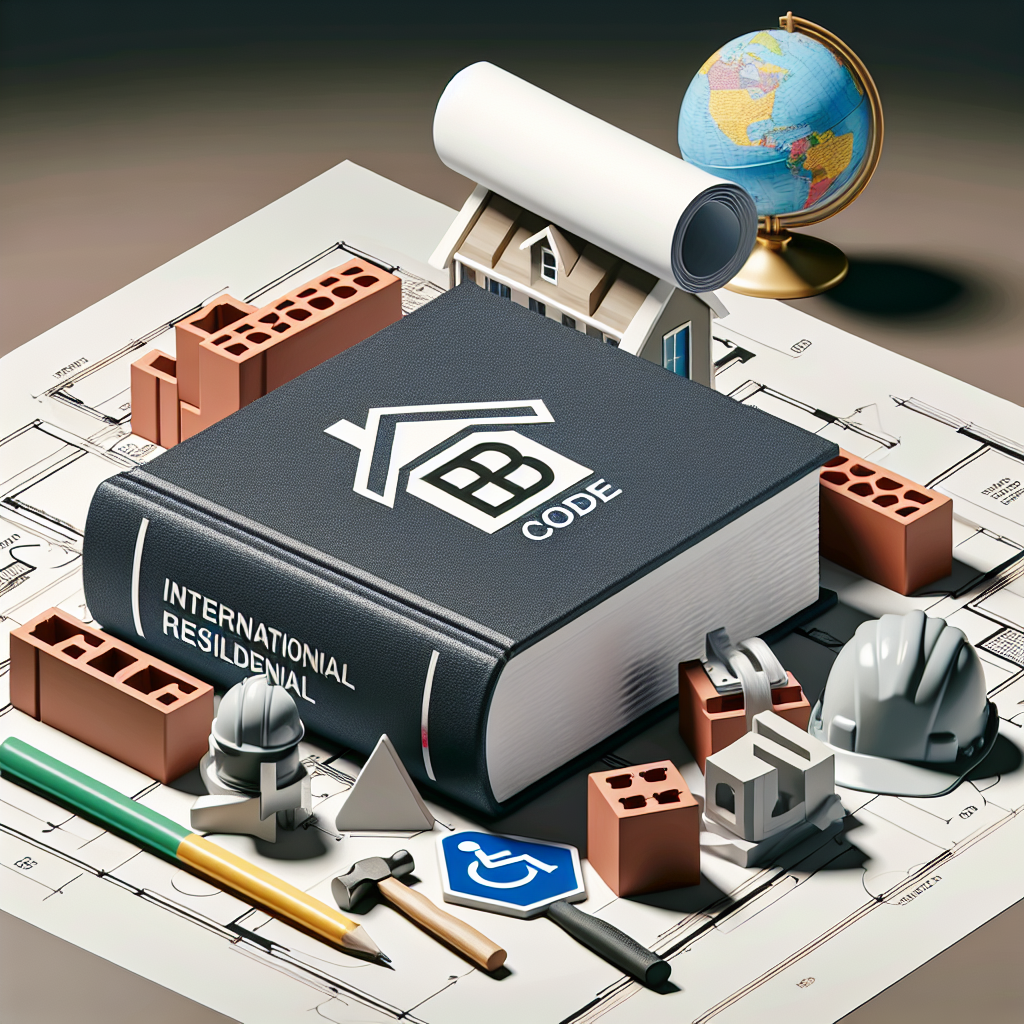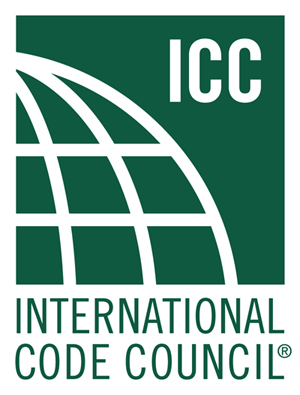Your cart is currently empty!
“The Comprehensive Guide to International Residential Code (IRC): Building Regulations Explained”

Introduction to the International Residential Code (IRC) ===
The International Residential Code (IRC) is a comprehensive set of regulations and guidelines that govern the construction and maintenance of residential buildings in the United States. It is published by the International Code Council (ICC) and is widely adopted by most states and local jurisdictions. The IRC aims to ensure the safety, health, and welfare of occupants by establishing minimum standards for building design, construction, and maintenance.
=== Key Features and Requirements of the IRC ===
The IRC covers a broad range of aspects related to residential construction, including building materials, structural design, fire safety, energy efficiency, plumbing, electrical systems, and mechanical systems. It sets forth specific requirements for each of these areas, providing clear guidelines for builders, contractors, and homeowners to follow.
For example, the IRC specifies minimum standards for wall construction, roof design, and foundation requirements, ensuring that residential buildings are structurally sound and able to withstand various environmental conditions. It also includes provisions for fire protection, such as the installation of smoke detectors and sprinkler systems, to enhance the safety of occupants.
Additionally, the IRC addresses energy efficiency by setting minimum requirements for insulation, air sealing, and HVAC systems. These measures help reduce energy consumption, lower utility bills, and minimize the environmental impact of residential buildings.
=== Benefits of Adhering to the International Residential Code ===
Adhering to the IRC offers numerous benefits for homeowners, builders, and communities. Firstly, it provides a standardized set of regulations that ensure consistent quality and safety in residential construction across different locations. This helps protect homeowners from substandard workmanship and ensures that their investment is well-protected.
Furthermore, the IRC promotes the use of modern building techniques and materials, which can result in more durable, energy-efficient, and comfortable homes. By following the IRC, builders can create houses that are better equipped to withstand natural disasters, have improved indoor air quality, and are more resistant to fire hazards.
From a community perspective, adhering to the IRC helps maintain property values and ensure the overall livability of neighborhoods. When all residential buildings are constructed to the same standards, it creates a sense of uniformity and enhances the visual appeal of the community.
=== Challenges and Limitations of the International Residential Code ===
While the IRC provides a comprehensive framework for residential construction, it does have some challenges and limitations. One of the main challenges is the constant need for updates and revisions. Building codes must evolve to keep up with advancements in technology, changes in environmental conditions, and emerging safety concerns. As a result, the IRC is regularly updated, and builders must stay informed about any changes to ensure compliance.
Another limitation is that the IRC sets minimum standards, which means that some builders may choose to exceed these requirements and implement additional safety measures or energy-saving features. However, this can result in higher construction costs, which may be a deterrent for some builders or homeowners.
Additionally, the IRC is not a one-size-fits-all solution, as different regions may have specific climate conditions or geological considerations that require additional regulations. Local jurisdictions often adopt the IRC with amendments to suit their particular needs, which can lead to inconsistencies and variations in building codes across different areas.
===
The International Residential Code plays a crucial role in ensuring the safety, quality, and sustainability of residential buildings in the United States. By providing clear guidelines and minimum standards, it helps protect homeowners, promote energy efficiency, and enhance the overall livability of communities. However, it is important for builders, contractors, and homeowners to stay informed about updates and amendments to the IRC and consider additional measures that may be necessary for their specific circumstances. Adhering to the IRC not only ensures compliance with legal requirements but also contributes to the creation of safe and comfortable homes for residents.
